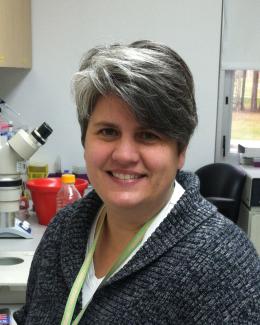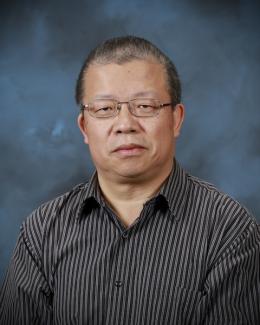Abstract
Nonlinear optical microscopy that leverages an objective based total internal reflection (TIR) excitation scheme is an attractive means for rapid, wide-field imaging with enhanced surface sensitivity. Through select combinations of distinct modalities, one can, in principle, access complementary chemical and structural information for various chemical species near interfaces. Here, we report a successful implementation of such a wide-field nonlinear optical microscope system, which combines coherent anti-Stokes Raman scattering (CARS), two-photon fluorescence (TPF), second harmonic generation (SHG), and sum frequency generation (SFG) modalities on the same platform. The intense optical fields needed to drive these high order nonlinear optical processes are achieved through the use of femtosecond pulsed light in combination with the intrinsic field confinement induced by TIR over a large field of view. The performance of our multimodal microscope was first assessed through the experimental determination of its chemical fidelity, intensity and polarization dependences, and spatial resolution using a set of well-defined model systems. Subsequently, its unique capabilities were validated through imaging complex biological systems, including Hydrangea quercifolia pollen grains and Pantoea sp. YR343 bacterial cells. Specifically, the spatial distribution of different molecular groups in the former was visualized via vibrational contrast mechanisms of CARS, whereas co-registered TPF imaging allowed the identification of spatially localized intrinsic fluorophores. We further demonstrate the feasibility of our microscope for wide-field CARS imaging on live cells through independent characterization of cell viability using spatially co-registered TPF imaging. This approach to TIR enabled wide-field imaging is expected to provide new insights into bacterial strains and their interactions with other species in the rhizosphere in a time-resolved and chemically selective manner.





